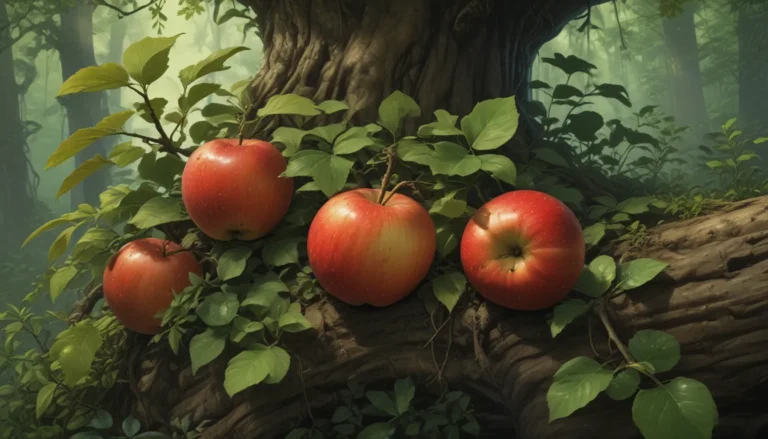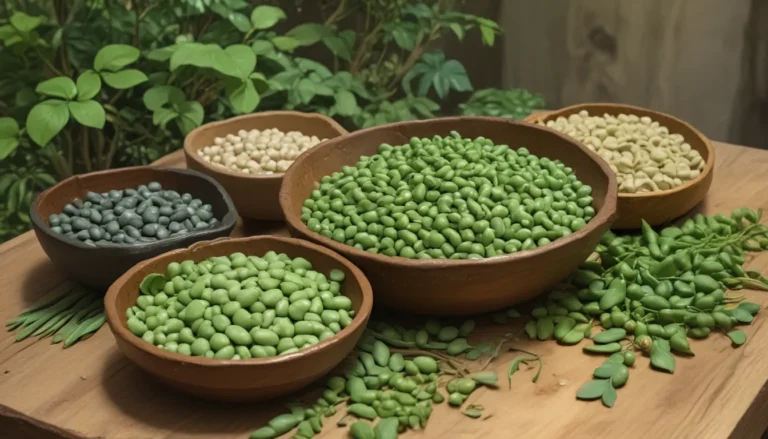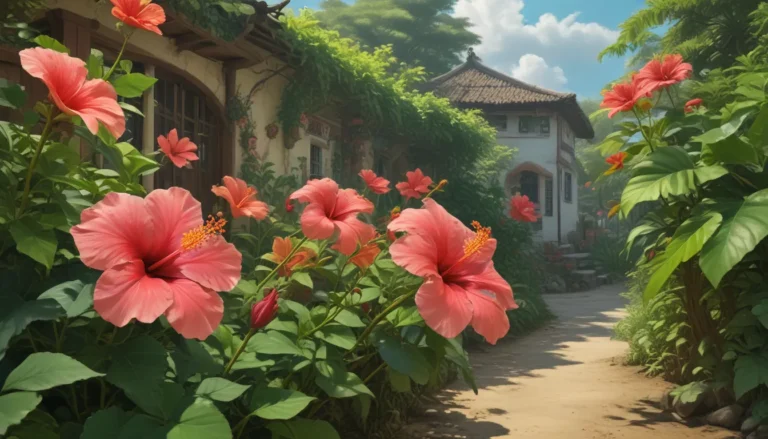The Ultimate Guide to Butter Beans and Limas

Have you ever found yourself pondering the age-old question, “What’s the difference between a lima bean and a butter bean?” Well, put down your trivia books and take a seat, because the answer may surprise you – there is no difference!
Yes, you read that correctly. Both lima beans and butter beans are simply different names for the delicious legume known as the Phaseolus lunatus. While this may seem straightforward, there are some nuances to consider, especially for home gardeners.
When it comes to selecting seeds or choosing which variety to plant in your garden, it’s essential to focus on the key distinctions for any lima or butter bean cultivar you intend to grow. In this comprehensive guide, we will explore the differences between these legumes, cover alternative names, discuss taste profiles, growth habits, and days to maturity, and provide valuable tips for selecting the right variety for your garden.
What You’ll Learn
- The Difference Between Lima and Butter Beans
- Other Names for These Legumes
- Are Butter Peas Lima Beans?
- 3 Traits More Important Than the Names
The Difference Between Lima and Butter Beans
While lima beans and butter beans are often used interchangeably to refer to Phaseolus lunatus, regional preferences for nicknaming these legumes can vary. In some regions, the distinction between the two names may hold more significance.
For example, in the United Kingdom, larger P. lunatus seeds are typically referred to as “butter beans,” while in the American South, all varieties of these legumes are commonly known as “butter beans.” Moreover, the term “limas” is sometimes used to describe the smaller-seeded varieties in the South.
The size of the seeds can also impact which name is applied in different regions. Varieties with large seeds are often called “butter beans,” whereas smaller seeds may be labeled as “limas.” Whether you prefer to call them by one name or the other, the distinction is often a matter of regional convention rather than a fundamental difference in the legumes themselves.
Other Names for These Legumes
Beyond the commonly used terms “lima” and “butter beans,” Phaseolus lunatus also goes by a variety of colorful nicknames such as “potato bean,” “Burma bean,” “Sieva,” “Carolina beans,” and many more. These alternative names have emerged over time based on specific cultivars, growing regions, and historical influences.
For instance, the cultivar ‘Sieva Carolina’ was grown at Thomas Jefferson’s plantation Monticello, leading to the adoption of the names “Sieva” and “Carolina beans.” Similarly, the moniker “Madagascar beans” is often used to describe vining limas, while “Calico bean” refers to speckled or spotted varieties like the ‘Christmas’ lima.
The diversity of names associated with these legumes reflects their rich history and widespread cultivation across different regions and time periods. From Cape peas to mule ears, the variety of nicknames adds a touch of whimsy to the world of legume gardening.
Are Butter Peas Lima Beans?
In addition to lima beans and butter beans, another variety worth exploring is butter peas. While not as widely grown outside the American South, butter peas offer a flavorful and velvety option for home gardeners.
Butter peas, a type of P. lunatus, produce round seeds on bush plants that are prized for their green vegetable flavor. With a relatively short maturation period of 70 to 78 days, these petite legumes are well-suited for gardeners looking to add a high-protein crop to their harvest.
Whether you choose limas, butter beans, or butter peas, the key is to focus on the unique traits of each variety to determine the best fit for your garden. In the next section, we’ll explore three essential characteristics to consider when selecting a lima or butter bean cultivar.
3 Traits More Important Than the Names
- Taste Profile
- Larger-seeded varieties are earthy and starchy, ideal for soups and salads.
-
Smaller-seeded varieties offer a velvety texture and green vegetable flavor, perfect for hummus and succotash.
-
Bush vs. Vine
- Bush varieties require less space and no support, suitable for container gardening.
-
Vine varieties can save ground space but may reach heights of 10 to 12 feet, requiring strong supports.
-
Days to Maturity
- Consider the maturation period, especially in regions with shorter growing seasons.
- Pole varieties may take longer to grow but provide a longer harvest window compared to bush varieties.
By focusing on taste profile, growth habits, and days to maturity, you can select a lima or butter bean variety that suits your gardening needs and culinary preferences. Whether you prefer a large-seeded butter bean for savory dishes or a petite baby lima for creamy spreads, there’s a variety to satisfy every palate.
In conclusion, whether you choose to call them limas, butter beans, or any of their colorful nicknames, the most important thing is to enjoy the delicious flavors and textures these legumes have to offer. So go ahead, plant your favorite variety, and savor the taste of freshly harvested buttery beans from your garden.
What are your thoughts on lima beans, butter beans, and their alternative names? Share your experiences and insights in the comments below, and join the conversation about these versatile legumes. And if you’re interested in exploring more about lima beans, check out our suggested guides for growing and selecting the best cultivars for your garden.
*Photo by Rose Kennedy





